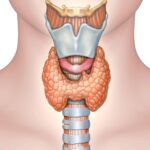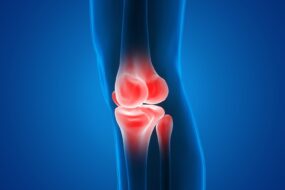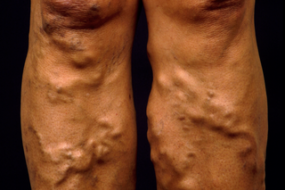
A lung abscess is a loculated, circumscribed area of pus in the lung parenchyma caused by a microbial infection.
Types
- Primary- direct infection of the lung parenchyma in an otherwise healthy person
- Secondary- the presence of a predisposing condition such as immunocompromise, hematogenous spread, or bronchial obstruction
Pathogenesis
Mechanisms include;
- Aspiration- most common
- Hematogenous spread- bacteremia
- Bronchial obstruction- e.g., from a mass
- Direct extension- e.g., from a subphrenic abscess
- Spread of airway infection
Microbiology
- Aspiration- polymicrobial. From oral and gingival flora. Most common are microaerophilic Streptococci and anaerobes.
- Gram-negative organisms are seen in those with comorbidities and the immunocompromised.
- Monomicrobial abscess- Staphylococcus aureus, Klebsiella, Pseudomonas aeruginosa
- Nonbacterial pathogens are also found
Clinical features
Nonspecific- mimic those of pneumonia
- Fever, chills, dyspnoea, productive cough, chest pain, hemoptysis
- Symptoms evolve over weeks to months
- Night sweats, weight loss, and fatigue may also be present
- Fulminant disease with acute abscesses, e.g., those caused by Staphylococcus aureus
Physical examination
- Fever, gingival disease,
- Auscultation- may be normal or demonstrate increased vocal fremitus and egophony.
Investigations
-Chest Xray- fluid-filled space with an air-fluid interface
- Cavitation
- Most often unilateral
-CT scan- more subtle forms of abscesses can be appreciated
-Microbiological testing for sputum, bronchoscopy sampling, or percutaneous needle aspiration
-Additional testing- bronchoscopy, echocardiography, thoracentesis
Differential diagnosis
- Malignancy
- TB
- Chronic pulmonary aspergillosis
- Hydatid cysts
- Noninfectious granulomatous disease, e.g., rheumatoid arthritis
Treatment
-Suspected lung abscess from aspiration- empiric antibiotic with a cover for anaerobes
- Beta-lactam plus beta-lactamase inhibitor for most patients or a carbapenem
- Alternative- Clindamycin, moxifloxacin, or levofloxacin+metronidazole
- Duration- assess after 7 to 10 days. If improving, continue for 2 to 3 weeks
- Repeat imaging is prudent
- For those who don’t improve in 7 to 10 days, drainage of the abscess can lead to clinical improvement.
- Modification to the regimen in immunocompromised, unstable patients or when radiographic features suggest a particular organism
-Bronchial obstruction- stenting, foreign body removal, tumor removal

Outcomes
-High cure rates with antibiotic use
-High mortality rates;
- Those who require surgery
- Irreversible bronchial obstruction
- Malignancy
- Immunosuppressed












